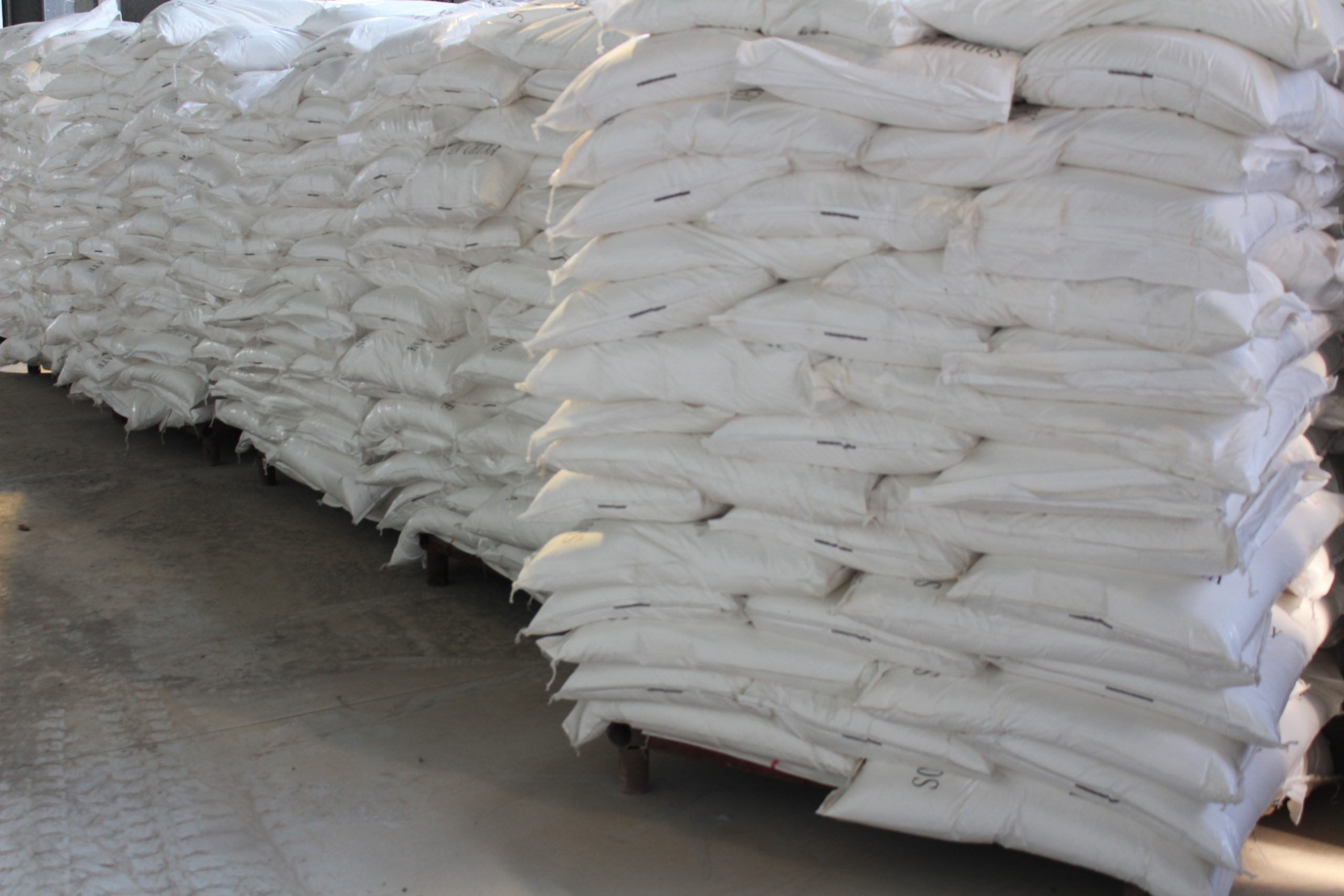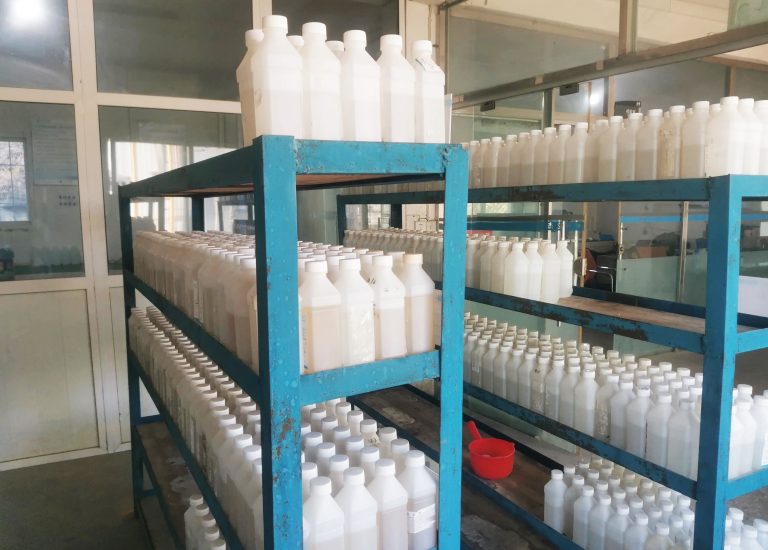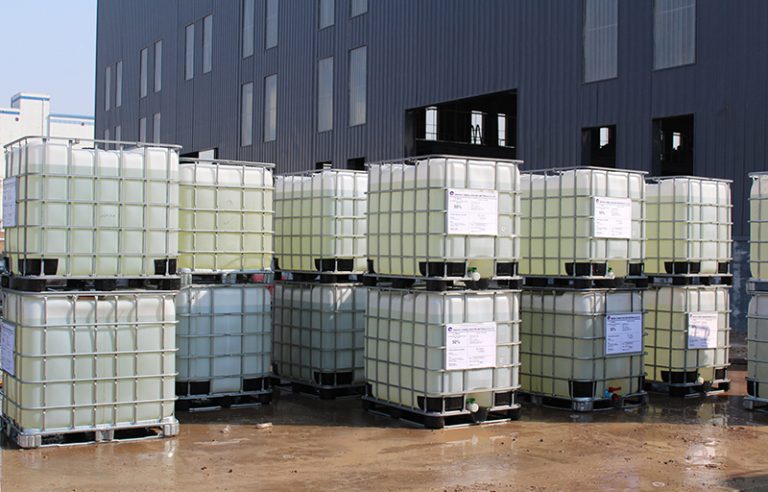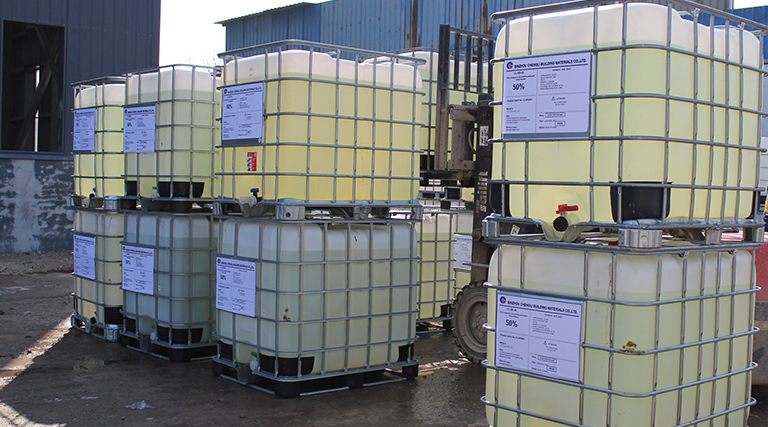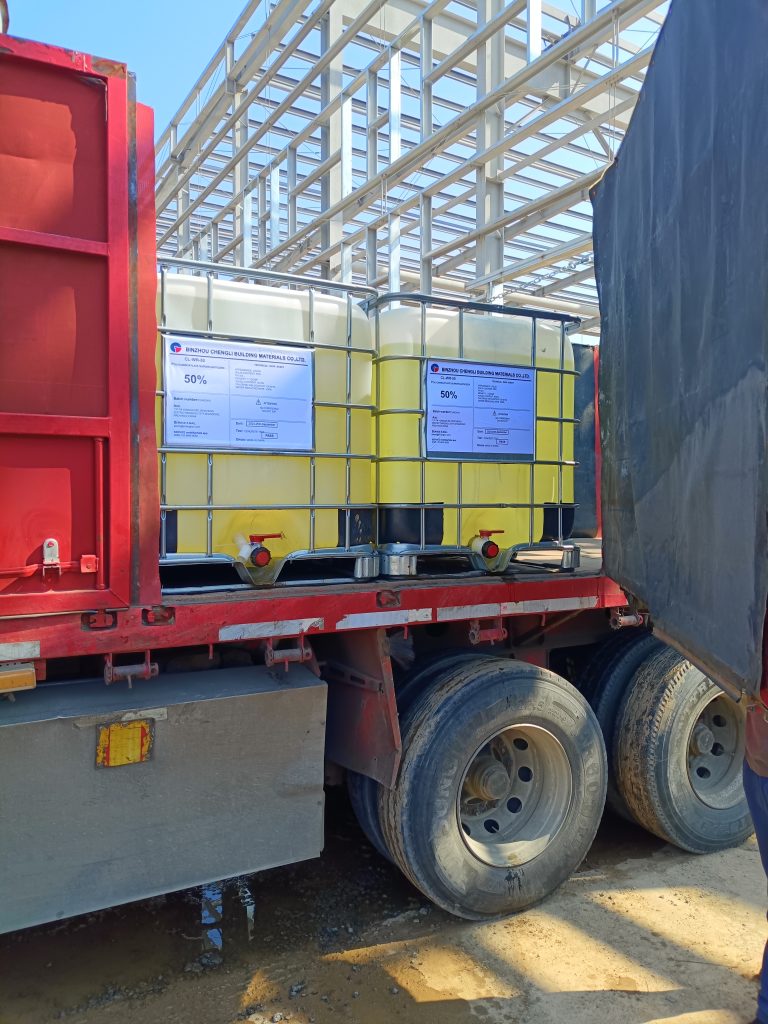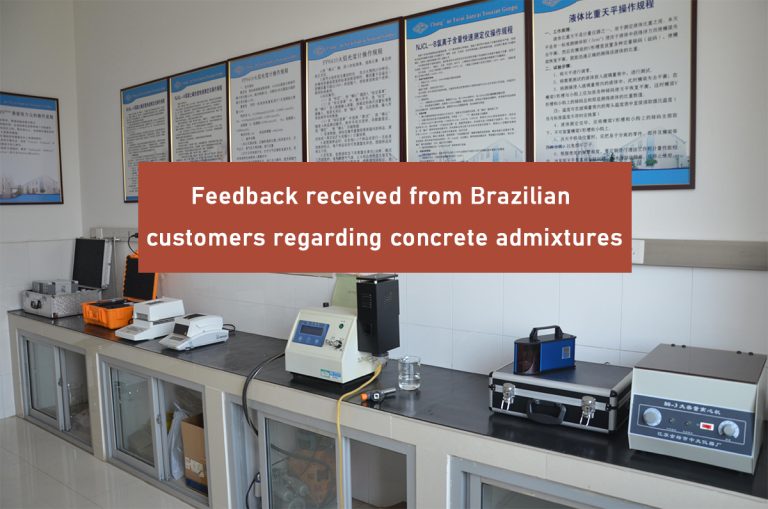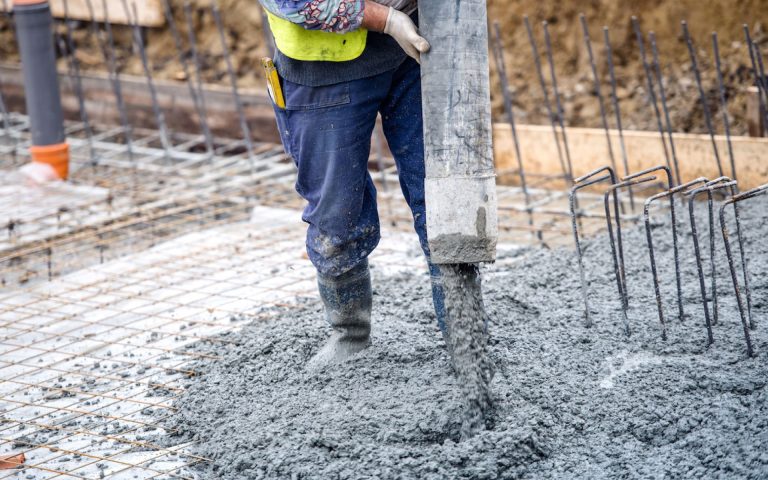Guidelines for Adding Early Strength Agents to Concrete: Key Temperature Considerations
Concrete construction often relies on early strength agents to boost early-stage strength and reduce setting times. However, temperature plays a critical role in their effective use. This article outlines optimal temperature ranges, adjustment strategies, and best practices to ensure proper application.
1. Suitable Temperature Range for Application
Early strength agents work best when daily temperatures stay above -5°C. According to China’s GB50119 standard, this minimum temperature ensures the agents can enhance concrete hardening. At lower temperatures, hydration slows, weakening concrete development. Even in mild cold (0-5°C), these agents help, but contractors must add insulation to maintain curing efficiency.
2. Adapting to Sub – 5°C Conditions
When temperatures drop below -5°C but early strength agents are still necessary, proactive measures are vital. Start by using hot water for mixing, keeping temperatures under 65°C to avoid damaging concrete properties. Additionally, store aggregates in heated areas or use on – site heaters to warm materials. These steps counteract cold effects and allow the agent to function properly.
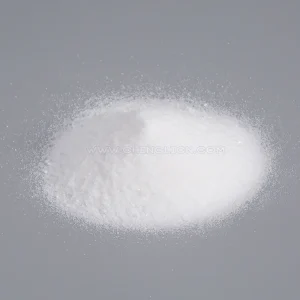
3. Selecting and Applying Early Strength Agents
Choosing the right agent depends on specific project needs. Different formulations have unique strengths, so engineers should assess factors like curing time, environmental conditions, and concrete type. Always conduct tests to determine the optimal dosage—too little reduces effectiveness, while too much may harm durability. Follow manufacturer guidelines and local standards for safe, efficient use.
4. Maintaining Quality Through Temperature Management
Consistent temperature control is key to concrete quality when using early strength agents. Monitor site conditions regularly, as sudden drops can hinder agent performance. Implement thermal blankets or enclosures to trap heat, especially during initial curing. Poor temperature management risks incomplete hydration, leading to weaker structures or cracks. Prioritize real – time adjustments to protect project integrity.
Conclusion
Adding early strength agents to concrete requires careful temperature management, with a minimum threshold of -5°C. Adjust methods for colder climates using heated materials or insulation, and select agents tailored to your project’s needs. By combining proper product choice with strict temperature control, contractors can ensure strong, durable concrete that meets engineering standards and withstands environmental challenges.
Our Professional Technical Team Is Available 24/7 To Address Any Issues You May Encounter While Using Our Products. We Look Forward To Your Cooperation!

